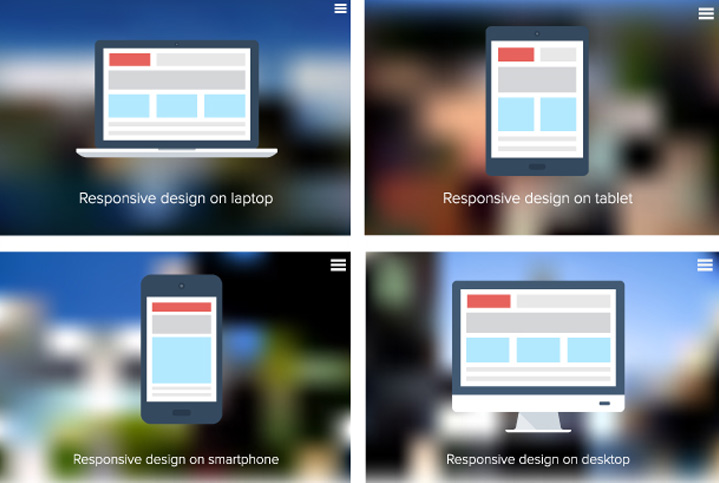“HTML is My First Language.” Insight from a Digital Native.

He has an X-Men moniker, a Hollister look and he can’t even imagine a disadvantaged world that existed “B.A.”–Before Apple—(because he didn’t.) He is Zeno Shin, new Grady Campbell Web Designer/Developer. You might say Zeno is the tech progeny of Gen X and Gen Y. Think of him as “Generation Y-NOT?” He’s faster than a spark of genius, able to leap tall IT challenges in a single bound, and he’s willing and able to whip up any solution in pursuit of cool, transformational design and business value. We asked Zeno to offer his insights on HTML5:
Q: Templates have certainly made it easier to build your own website, so why should people rely on an experienced web designer?
Well, that can easily be answered by “why you shouldn’t use templates for your site.” Think about the user. Users judge you or your business based on how you present yourself. You’ll lose that unique edge, the creative distinction that you want users to associate with you, your brand and your company. There are well over half a billion sites on the web, this is only including the active ones. In addition, using a template, which has been duplicated across thousands of other sites, diminishes your opportunity to stand out. Furthermore, your creative options are severely limited because any direction you take the design must conform to the framework of the template. One of the most robust challenges for a business is to distinguish themselves from their competitors. Sure, a template may cut your costs initially but there is way too much at stake to have to dig yourself out of a hole created by a weak brand image. In addition, templates will most likely not have all of the features you want for your site. Developers are expensive and it may take additional time for the developer to understand the structure and design layout of the site at the beginning because they did not originally develop the site. Save yourself some money and don’t risk jeopardizing the image your company is hoping to display. Get a designer from the get-go and allow them to help you create a satisfactory and creative brand image from the ground up.
Q: How does that differ from Native or Hybrid? And what are the advantages of each?
Native apps vs. Hybrid apps? There are many factors that must be considered in your mobile strategy, such as your business type, your team’s development skills, desired functionality, the desired level of security, offline capability, scheduling and, of course, your budget. Overall, it’s not only a question of what your app will do, but how will you get it there. In terms of advantages, Native apps have more advanced UI interactions, faster performance, and can access all the devices features such as GPS, camera, etc. Hybrid apps however, are faster to develop, require less effort to develop, cheaper to develop, can be updated seamlessly and can also access device features.
Q: For the less tech savvy, what exactly is HTML5?
HTML5 is just the fifth revision of HTML, the core technology language used on the web and it is the backbone of almost every site on the Internet. The language itself was created as a way to connect things on the internet. Instead of having one long, 25-page sea of text to scroll through, you could break it down into 25 one-pagers all linked together in a more organized way. Today, with the importance of rich media – videos, graphics, and audio – HTML5 introduces new ways to seamlessly connect different sources, not unlike its previous versions. It’s almost a natural progression though, I think. You could say that HTML5 is both something that is entirely new, yet it is nothing more than HTML was ever intended to be – a way to connect.
The great thing about HTML5 is that it doesn’t require downloading and installing of additional software to be able to stream videos or listen to a song. With offline storage capability through the browser, websites can behave more like apps and have far greater utility than ever before. Basically, it enhances the capacity of the many things that can be done on the internet.